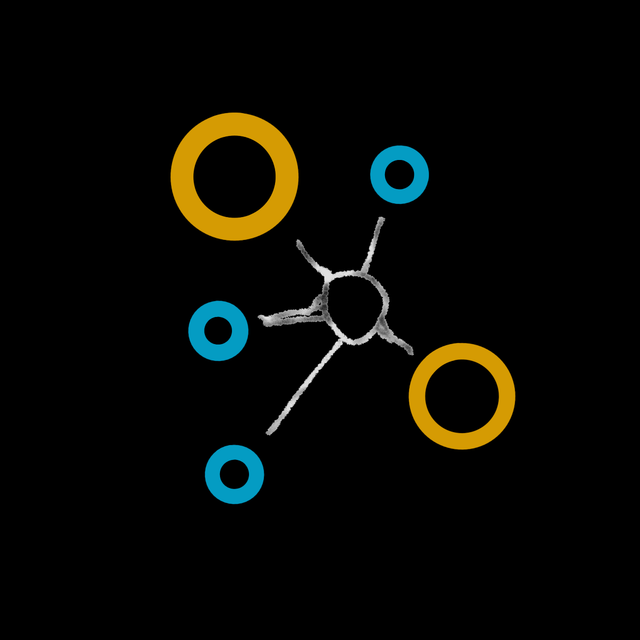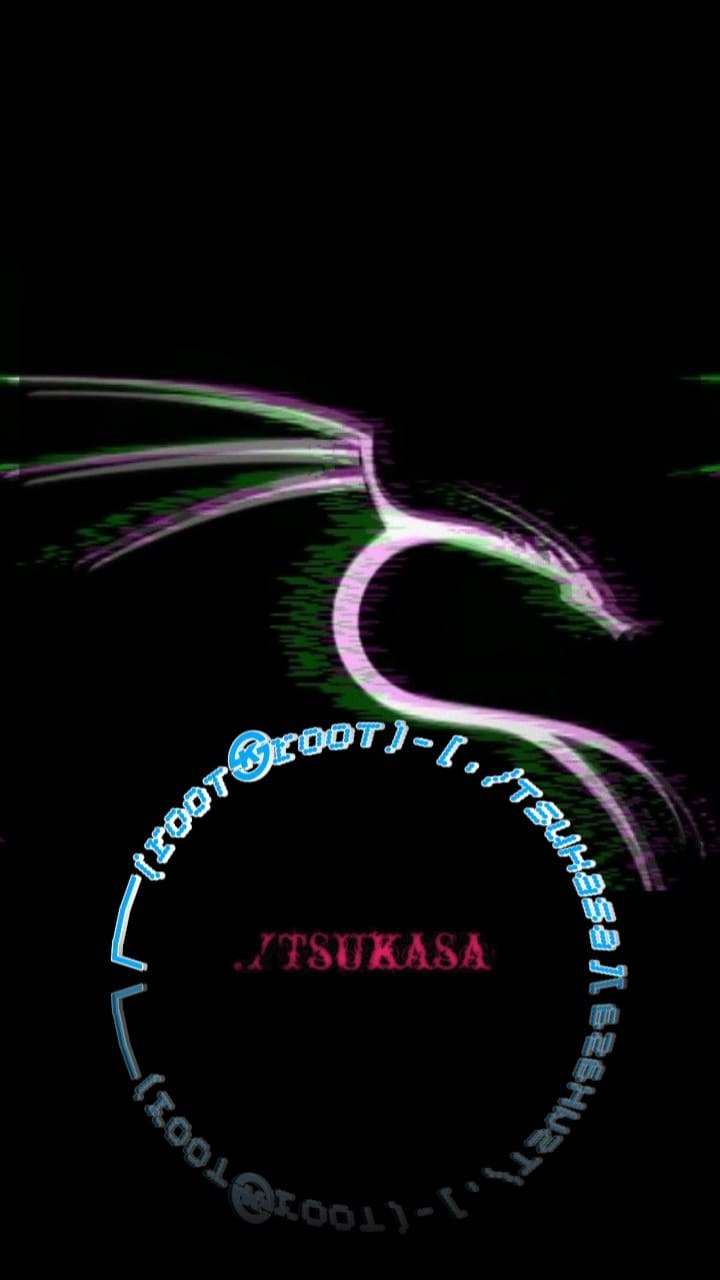PENERAPAN METODE PROFILE MATCHING UNTUK MENENTUKAN PENULIS KARYA TULIS ILMIAH TERBAIK
##plugins.themes.academic_pro.article.main##
Abstract
Writing scientific papers is an annual agenda carried out by MA NU Assalafie for twelfth-grade students at the beginning of the odd semester. This activity is an effort by MA NU Assalafie to improve the competence of students, especially in terms of communication. Every student will be reporting the results of a book review they have read in the form of a paper, which throughout the process, every student will be accompanied by a teacher as a mentor who will guide them from the beginning of writing until the end when the student takes the scientific paper exam. Along the way, this activity will always produce the best scientific paper author, which is determined through the scientific paper writing exam. The problem that often arises from the decision-making process is the feeling of dissatisfaction from each examiner, as each examiner has a subjective view of the student being tested. To address this issue, in the 2022/2023 academic year, the decision-making process will be carried out by a subsection of the information system, namely the decision support system (DSS), using profile matching as the method used in the decision-making process. The implementation of DSS using profile matching produces the best alternative from a total of 139 students. Through usability testing using the system usability scale (SUS) method, the implementation of profile matching in determining the best student obtained a final score of 75, which means the system is acceptable to all parties involved. This is based on the fact that the implementation of profile matching can reduce the subjectivity of examiners in the process of determining the best student. In addition, the information generated by the DSS will be faster, more accurate, and accountable.
##plugins.themes.academic_pro.article.details##

This work is licensed under a Creative Commons Attribution-NoDerivatives 4.0 International License.
References
- Nirwana and A. R. Ruspa, “Kemampuan Menulis Karya Tulis Ilmiah Mahasiswa Prodi Informatika Universitas Cokroaminoto Palopo,” J. Onoma Pendidikan, Bhs. dan Sastra, vol. 6, no. 1, pp. 557–566, 2020, doi: https://doi.org/10.30605/onoma.v6i1.277.
- T. F. Efendi and D. Muliasari, “Analisa Sistem Pembiayan Umum Koperasi Mitra Dhuafa Syariah Terhadap Perekonomian Anggota,” J. Ilm. Ekon. Islam, vol. 3, no. 7, 2021, doi: http://dx.doi.org/10.29040/jiei.v7i3.3694.
- Kusrini, Konsep dan Aplikasi Sistem Pendukung Keputusan, I. Yogyakarta: CV. Andi Offset, 2007.
- M. E. Iswanto, M. U. Siregar, S. ’Uyun, and M. T. Nuruzzaman, “Recommender systems for specializing new students in the K-13 curriculum using the profile matching, SAW, and a combination of both,” J. Teknol. dan Sist. Komput., vol. 9, no. 2, pp. 96–105, Apr. 2021, doi: 10.14710/jtsiskom.2021.13902.
- Z. Abidin, I. G. Anugrah, and R. P. Setyono, “Maksimalisasi Penggunaan Metode Profile Matching dalam Menentukan Kandidat Terbaik,” J. Inform. Univ. Pamulang, vol. 4, no. 3, pp. 95–106, 2019, doi: http://dx.doi.org/10.32493/informatika.v4i3.3249.
- R. D. Kurniawati and I. Ahmad, “SISTEM PENDUKUNG KEPUTUSAN PENENTUAN KELAYAKAN USAHA MIKRO KECIL MENENGAH DENGAN MENGGUNAKAN METODE PROFILE MATCHING PADA UPTD PLUT KUMKM PROVINSI LAMPUNG,” J. Teknol. dan Sist. Inf., vol. 2, no. 1, pp. 74–79, 2021, doi: https://doi.org/10.33365/jtsi.v2i1.610.
- Z. Efendi, “SISTEM PENDUKUNG KEPUTUSAN PEMILIHAN LOKASI PERUMAHAN MENGGUNAKAN METODE PROFILE MATCHING,” JURTEKSI (Jurnal Teknol. dan Sist. Informasi), vol. VI, no. 1, pp. 79–86, 2019, doi: https://doi.org/10.33330/jurteksi.v6i1.408.
- Susliansyah, A. D. Wijayanti, H. SUmarno, H. Priyono, and L. Maulida, “Penerapan Metode Profile Matching pada Pemilihan Guru Terbaik SMK Madani,” J. Sains Komput. Inform., vol. 4, no. 1, pp. 179–190, 2020, doi: http://dx.doi.org/10.30645/j-sakti.v4i1.
- D. Candro, P. Sinaga, B. Sianipar, and P. Marpaung, “Pemilihan Calon Manager dengan Metode Profile Matching (Dedi Candro Parulian Sinaga) |643 Berprestasi Menggunakan Metode Profile Matching Pada CV. Glofacia Oceanic,” J. Sains Komput. Inform. (J-SAKTI, vol. 4, no. 2, pp. 643–656, 2020, doi: http://dx.doi.org/10.30645/j-sakti.v4i2.
- D. P. Kesuma, “Evaluasi Usability Pada Web Perguruan Tinggi XYZ Menggunakan System Usability Scale,” JTSI (Jurnal Teknol. Sist. Informasi), vol. 1, no. 2, pp. 212–222, 2020, doi: https://doi.org/10.35957/jtsi.v1i2.518.
- R. A. N. Putri, A. A. Suprianto, and W. Purnomo, “Sistem Pendukung Keputusan untuk Penentuan Dosen Pembimbing Skripsi menggunakan Algoritme Winnowing-Weighted Product,” J. Pengemb. Teknol. Inf. dan Ilmu Komput., vol. 3, no. 9, pp. 9132–9138, 2019, [Online]. Available: https://j-ptiik.ub.ac.id/index.php/j-ptiik/article/view/6353
- D. Andreswari, H. Winanda, and F. P. Utama, “SISTEM PENDUKUNG KEPUTUSAN SELEKSI PROPOSAL PROGRAM KREATIVTAS MAHASISWA MENGGUNAKAN METODE TOPSIS BERBASIS WEB(STUDI KASUS: UNIVERSITAS BENGKULU),” J. Pseudocode, vol. VIII, no. 2, pp. 153–160, 2021, doi: https://doi.org/10.33369/pseudocode.8.2.153-160.
- K. T. Nugroho, B. Julianto, and D. F. N. MS, “USABILITY TESTING PADA SISTEM INFORMASI MANAJEMEN AKN PACITAN MENGGUNAKAN METODE SYSTEM USABILITY SCALE,” JANAPATI (Jurnal Nas. Pendidik. Tek. Inform., vol. 11, no. 1, pp. 74–83, 2022, doi: https://doi.org/10.23887/janapati.v11i1.43209.


 https://ijeeemi.poltekkesdepkes-sby.ac.id/pages/pulsayuk/
https://ijeeemi.poltekkesdepkes-sby.ac.id/pages/pulsayuk/
